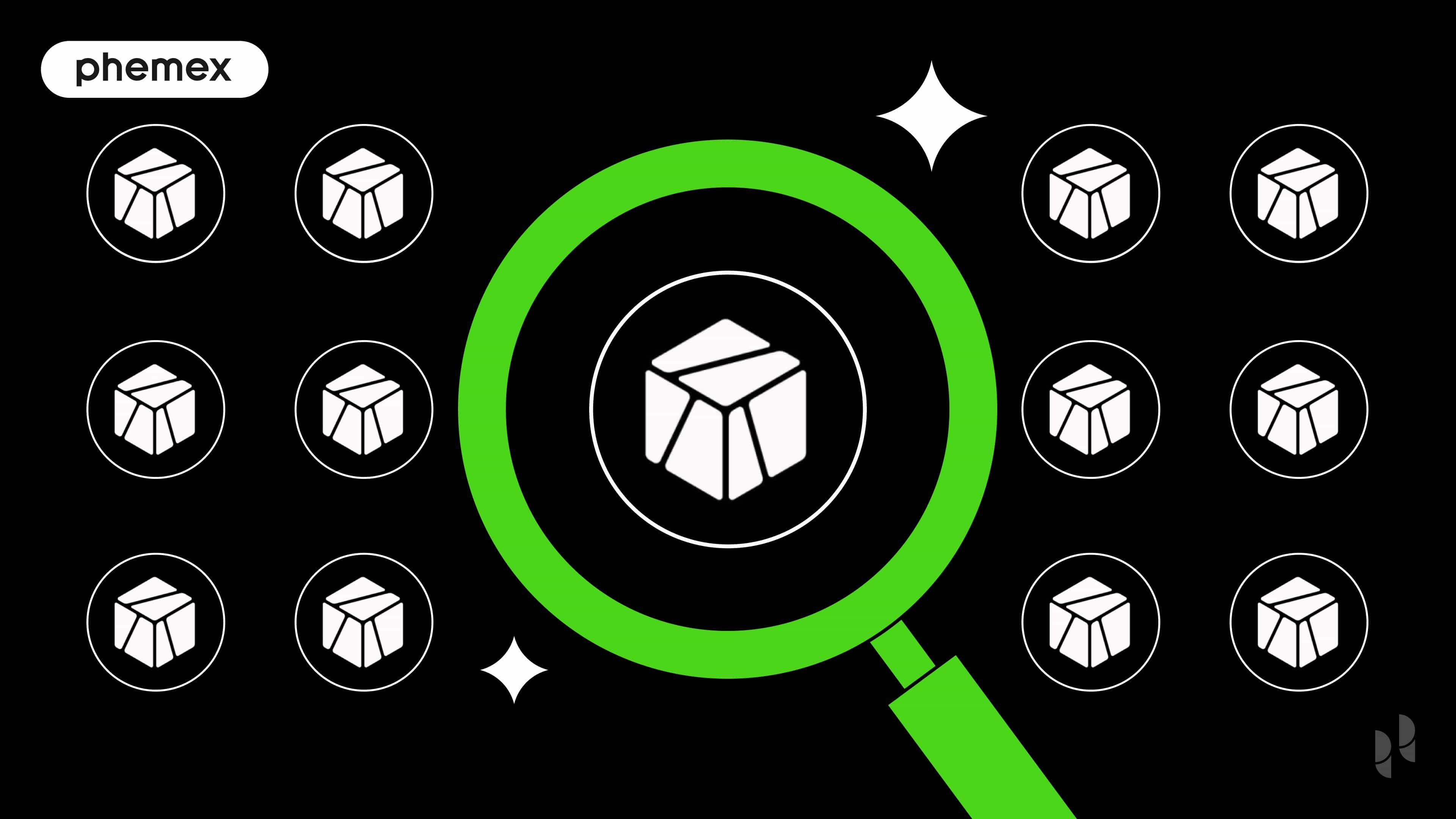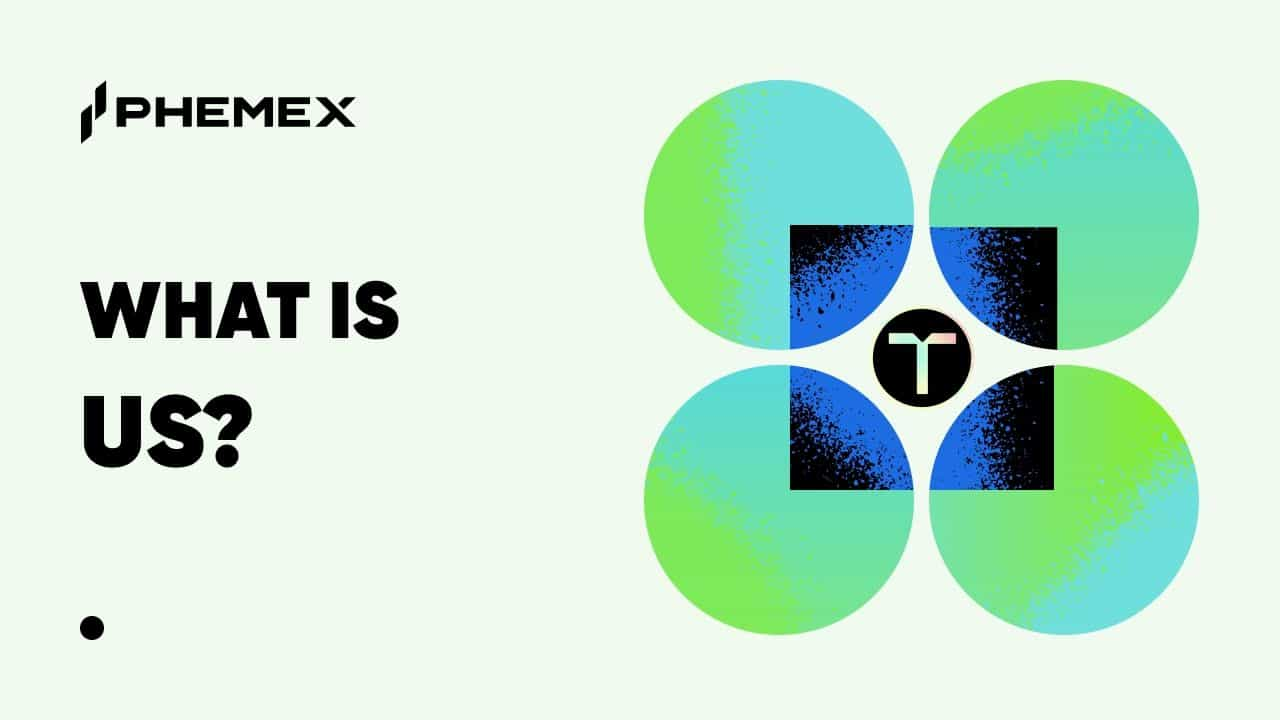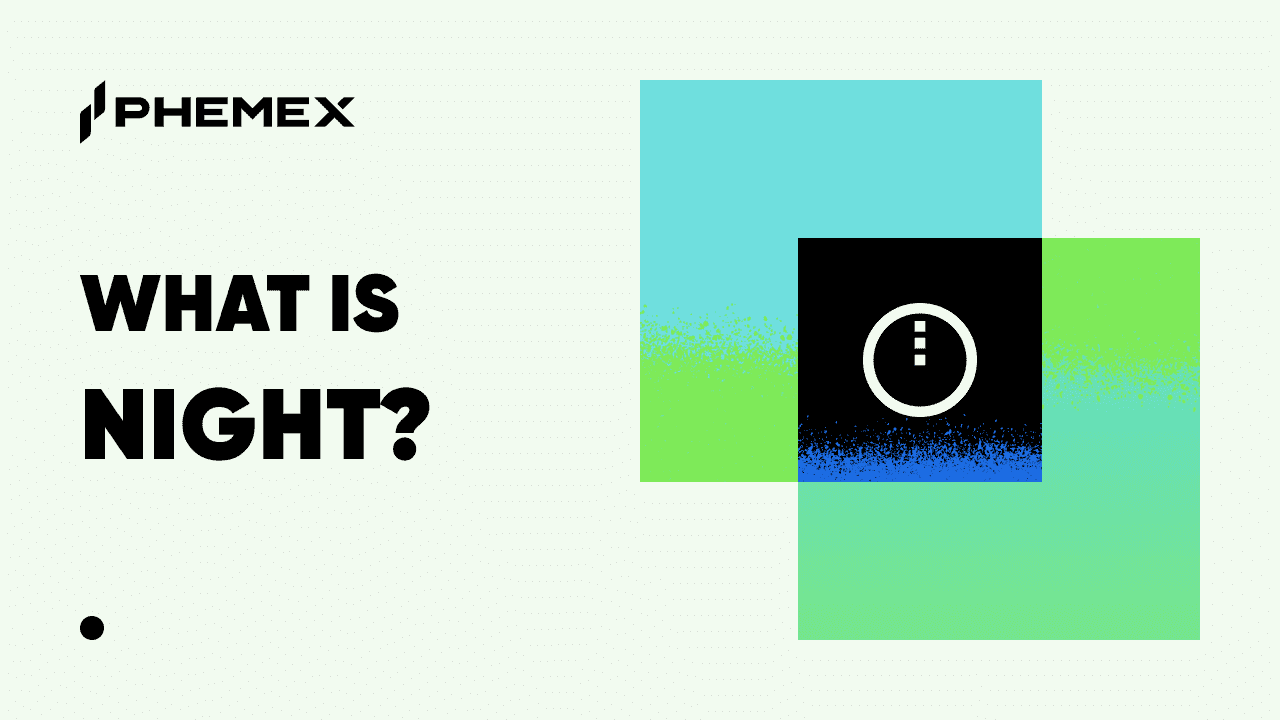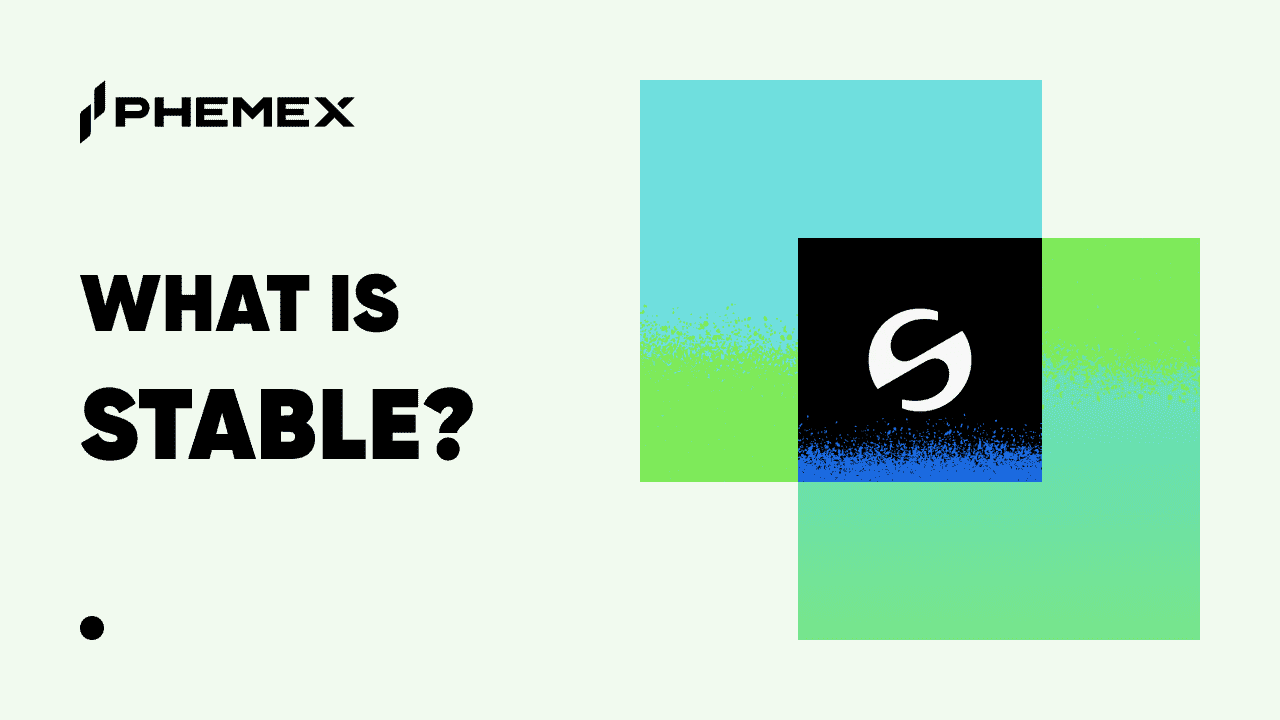Summary Box (Quick Facts)
-
Ticker Symbol: BOS
-
Chain: Multi-chain (ERC-20, BNB Smart Chain, etc.)
-
Contract Address (BNB Chain): 0xae1e85c3665b70b682defd778e3dafdf09ed3b0f
-
Circulating Supply: Approximately 890 Million BOS
-
Total Supply: 21 Billion BOS
-
Primary Use Case: A Layer-2 operating system for Bitcoin enabling smart contracts, scalability, and interoperability.
-
Current Market Cap: Approximately $4.50 Million (Note: Market cap is highly volatile and subject to change).
-
Availability on Phemex: Yes (Spot)
What Is BitcoinOS (BOS)?
BitcoinOS (BOS) is a smart contract operating system designed to expand Bitcoin's functionality without altering its core code. Think of it as an enhancement layer—or Layer-2—that brings scalability, programmability, and interoperability to the world’s most secure blockchain. For years, Bitcoin has been recognized primarily as a store of value, limited by low transaction speeds and a lack of smart contract capabilities. BitcoinOS explained simply, aims to solve this by creating a framework where developers can build decentralized applications (dApps), DeFi protocols, and programmable assets, all while leveraging the unmatched security of the Bitcoin network.
The project's core mission is to transform Bitcoin from a passive asset into the foundational settlement layer for a new, unified internet economy. It addresses the fragmentation seen across the crypto landscape, where different blockchains operate in silos, by enabling trustless communication and asset transfers between them, all anchored to Bitcoin.
How Many BOS Are There?
The tokenomics of BitcoinOS are designed for long-term sustainability and value accrual. The max supply is fixed at 21 billion BOS tokens, mirroring Bitcoin's iconic supply cap. Of this total, the current circulating supply is approximately 890 million BOS.
Tokenomics and Burn Mechanism
A key feature of the BOS token is its deflationary "buy-and-burn" mechanism. As the BitcoinOS ecosystem grows, usage of the platform is designed to drive the buying and subsequent burning of BOS tokens, effectively reducing the total supply over time and creating value for holders. The full emission of the total supply is scheduled over a 12-year period.
Token Allocation
The distribution of the 21 billion BOS tokens is structured as follows:
-
Founding Entities: 35%
-
Ecosystem: 32%
-
User Sales: 33%
This allocation aims to balance support for the founding team, incentivize ecosystem development, and ensure broad public distribution.
What Does BOS Do?
The BOS token is central to the BitcoinOS ecosystem, designed to facilitate a wide range of functions that extend Bitcoin's native capabilities. The primary BitcoinOS use case is to serve as a unifying protocol that powers a new generation of decentralized applications.
Its utility includes:
-
Enabling True Layer-2s: BitcoinOS uses its core technologies, BitSNARK and Grail, to build Bitcoin "rollups." These are execution environments that bundle transactions off-chain and settle them on the Bitcoin main chain, inheriting its security while enabling high throughput and low fees.
-
Powering Programmable Assets: While Bitcoin has seen innovations like BRC-20s, BitcoinOS allows for fully programmable tokens with advanced logic for customized staking, governance, and cross-chain functionality.
-
Facilitating Trustless Bridging: One of the project's cornerstone features is its trustless bridge, which allows users to move BTC between the main chain and Layer-2s without relying on centralized custodians. This is achieved using ZK-proofs verified directly on the Bitcoin network, making Bitcoin-level security universal.
-
Unifying Fragmented Ecosystems: Through its "SLAM nodes," BitcoinOS aims to streamline multi-chain interactions, making the entire crypto ecosystem feel like a single, interoperable chain.
For those looking to get involved, you can explore how to trade BOS on platforms like Phemex.
BitcoinOS vs. VEIL
While both BitcoinOS and Veil utilize Zero-Knowledge (ZK) technology, they serve fundamentally different purposes and operate in distinct ecosystems. BitcoinOS aims to be a broad, foundational layer for Bitcoin, whereas Veil is a specific application focused on privacy on an Ethereum Layer-2.
Here is a comparison of their key differences:
| Feature | BitcoinOS (BOS) | Veil (VEIL) |
| Primary Goal | To be a scalable, programmable operating system (Layer-2) for Bitcoin, enabling dApps and smart contracts. | To be a privacy application on the Base network, enabling anonymous transactions for trusted users. |
| Underlying Blockchain | Bitcoin | Base (an Ethereum Layer-2) |
| Core Technology | Uses BitSNARK and Grail (custom ZK-SNARKs) to create secure, trustless bridges and rollups anchored to Bitcoin. | Uses zk-SNARKs to break the on-chain link between a depositor's and a withdrawer's address within its protocol. |
| Scope & Use Case | Broad: Aims to build a new, unified internet economy on Bitcoin by enhancing its scalability and functionality. | Focused: Provides a specific privacy-as-a-service solution for transactions on a single L2 chain. |
| Security Model | Inherits the full security and decentralization of the Bitcoin network for all its Layer-2 environments. | Relies on the security of the Base network and its own smart contracts. |
The Technology Behind BitcoinOS
The technological foundation of BitcoinOS is a combination of two key innovations: BitSNARK and Grail.
-
Consensus Mechanism: As a Layer-2, BitcoinOS does not have its own consensus mechanism. Instead, it anchors its security to Bitcoin's Proof-of-Work consensus. All transactions and state changes happening on its rollups are ultimately settled and secured by the Bitcoin blockchain.
-
BitSNARK: This technology is an optimized system for verifying ZK-SNARK proofs on Bitcoin. Compared to the more general-purpose BitVM, BitSNARK is designed specifically for creating highly efficient and secure Bitcoin rollup bridges. It dramatically reduces program size and complexity, making the system more auditable and trustworthy.
-
Grail: This is the practical implementation of BitSNARK, providing the complete infrastructure for a Bitcoin Rollup Bridge. It includes a prover system for creating SNARKs and the bridge itself, which securely transfers assets between Bitcoin (Layer 1) and its connected rollups (Layer 2).
This infrastructure allows BitcoinOS to function as a learning and execution layer that settles to Bitcoin, offering limitless throughput with low costs.
Team & Origins
BitcoinOS was launched in 2025 with the ambitious goal of expanding Bitcoin’s utility. The foundational whitepaper, titled BitSNARK & Grail: Bitcoin Rails for Unlimited Smart Contracts & Scalability, was authored by Ariel Futoransky and Gadi Guy. The project operates as an open ecosystem, encouraging contributions from developers and researchers globally to build out its infrastructure.
Key News & Events
As a relatively new project, the most significant news about BitcoinOS has been its successful launch and initial exchange listings.
-
Project Launch (2025): The official launch of the BitcoinOS protocol marked a new effort to bring advanced programmability and scalability to Bitcoin.
-
Exchange Listings: Shortly after its launch, the BOS token became available for trading on several exchanges, including Phemex. This provided the initial liquidity and accessibility for users to participate in the ecosystem and has been a key driver of the BOS price.
Is BOS a Good Investment?
Determining the BitcoinOS investment potential requires a balanced look at its strengths and risks.
Potential Strengths:
-
Market Positioning: BitcoinOS is tapping into the "Bitcoin Layer 2" narrative, a rapidly growing sector focused on unlocking Bitcoin's massive liquidity for DeFi and dApps. By anchoring to the most trusted name in crypto, it may attract significant attention.
-
Innovative Technology: The use of BitSNARK to create trustless, secure bridges is a compelling technological advantage that addresses the critical security flaws seen in many other cross-chain solutions.
-
Deflationary Tokenomics: The built-in buy-and-burn mechanism means that as platform usage grows, the token supply is designed to decrease, potentially increasing the value of the remaining tokens.
Risks to Consider:
-
Competition: The Bitcoin L2 space is becoming increasingly crowded, and BitcoinOS will compete with other well-funded and technologically advanced projects.
-
Volatility: As a new project with a low market cap, the BOS price is subject to extreme volatility.
-
Regulatory Uncertainty: The entire crypto market operates under evolving regulatory frameworks, which could impact development and adoption.
Conclusion: BitcoinOS presents a compelling vision backed by innovative technology and a deflationary token model. Its success will depend on its ability to attract developers, build a robust ecosystem of applications, and gain user adoption.
Disclaimer: This is not financial advice. Crypto trading involves risks; only invest what you can afford to lose.
How to Buy BOS on Phemex?
Ready to explore the future of Bitcoin? You can start your journey by acquiring BOS tokens. For a step-by-step walkthrough, visit our dedicated guide on How to buy BOS on Phemex.
FAQs
1. What makes BitcoinOS different from other Layer-2s?
BitcoinOS is uniquely focused on creating true Bitcoin Layer-2s that use BTC for gas fees, inherit Bitcoin's full security, and feature trustless bridging verified by ZK-proofs on the Bitcoin main chain.
2. Is BitcoinOS secure?
BitcoinOS is designed to inherit the security of the Bitcoin network. Its Grail bridge protocol uses a "1-of-n" security model, meaning a single honest operator is enough to prevent malicious activity, offering a higher security promise than typical multi-sig bridges.
3. What can be built on BitcoinOS?
Developers can build a wide range of applications, including high-value institutional DeFi protocols, scalable consumer dApps, programmable tokens with custom governance, and interoperable cross-chain solutions.








